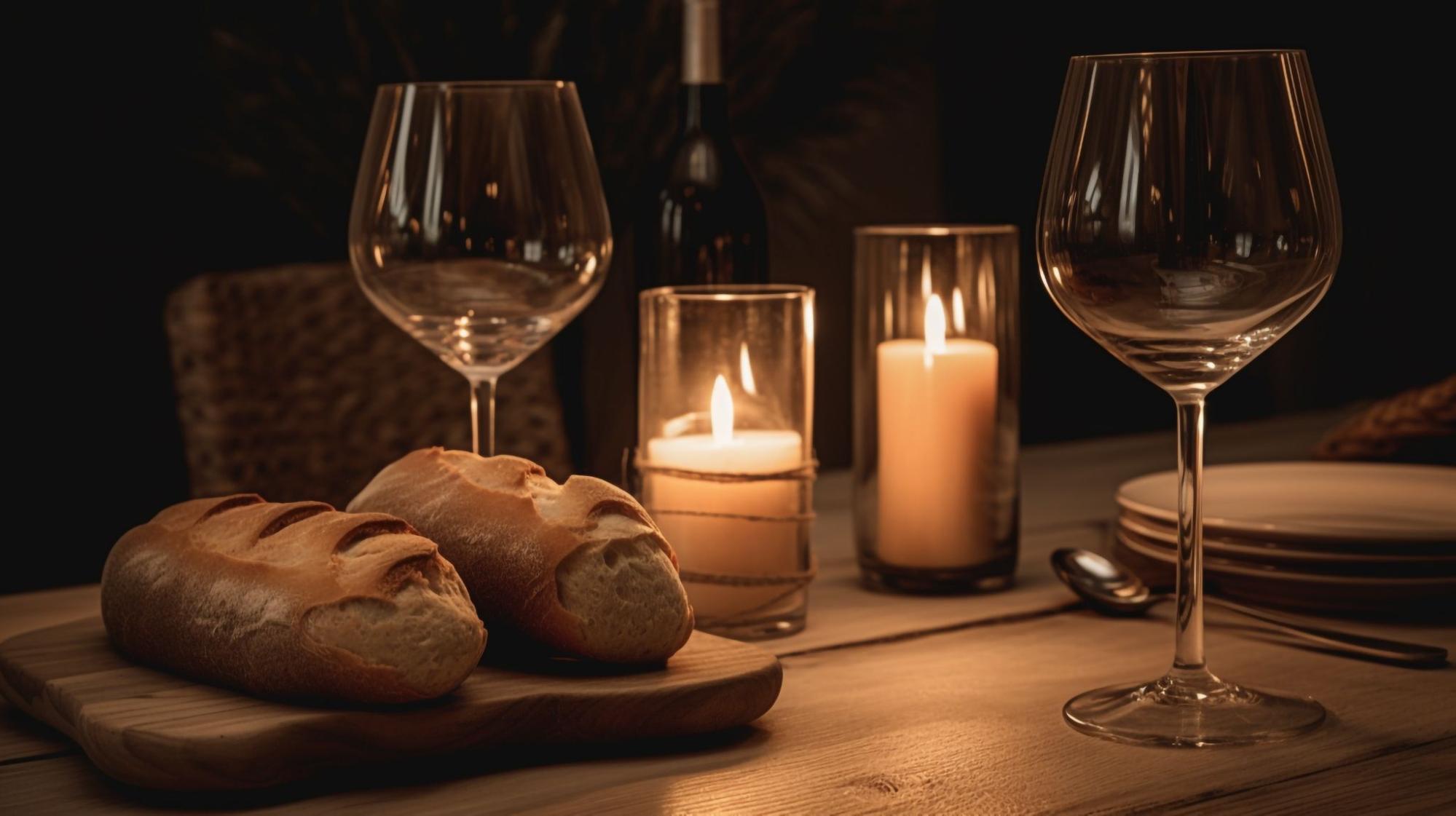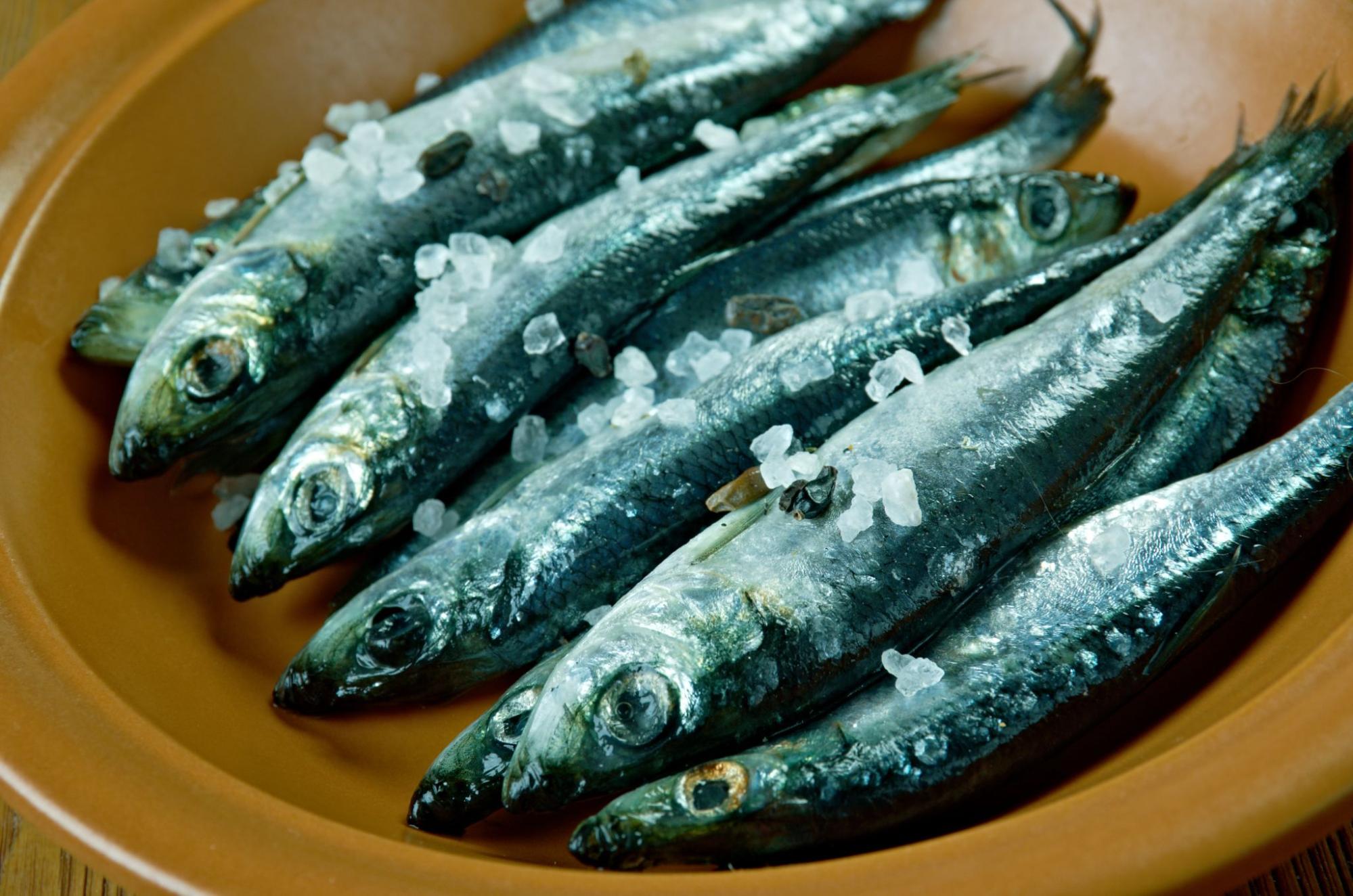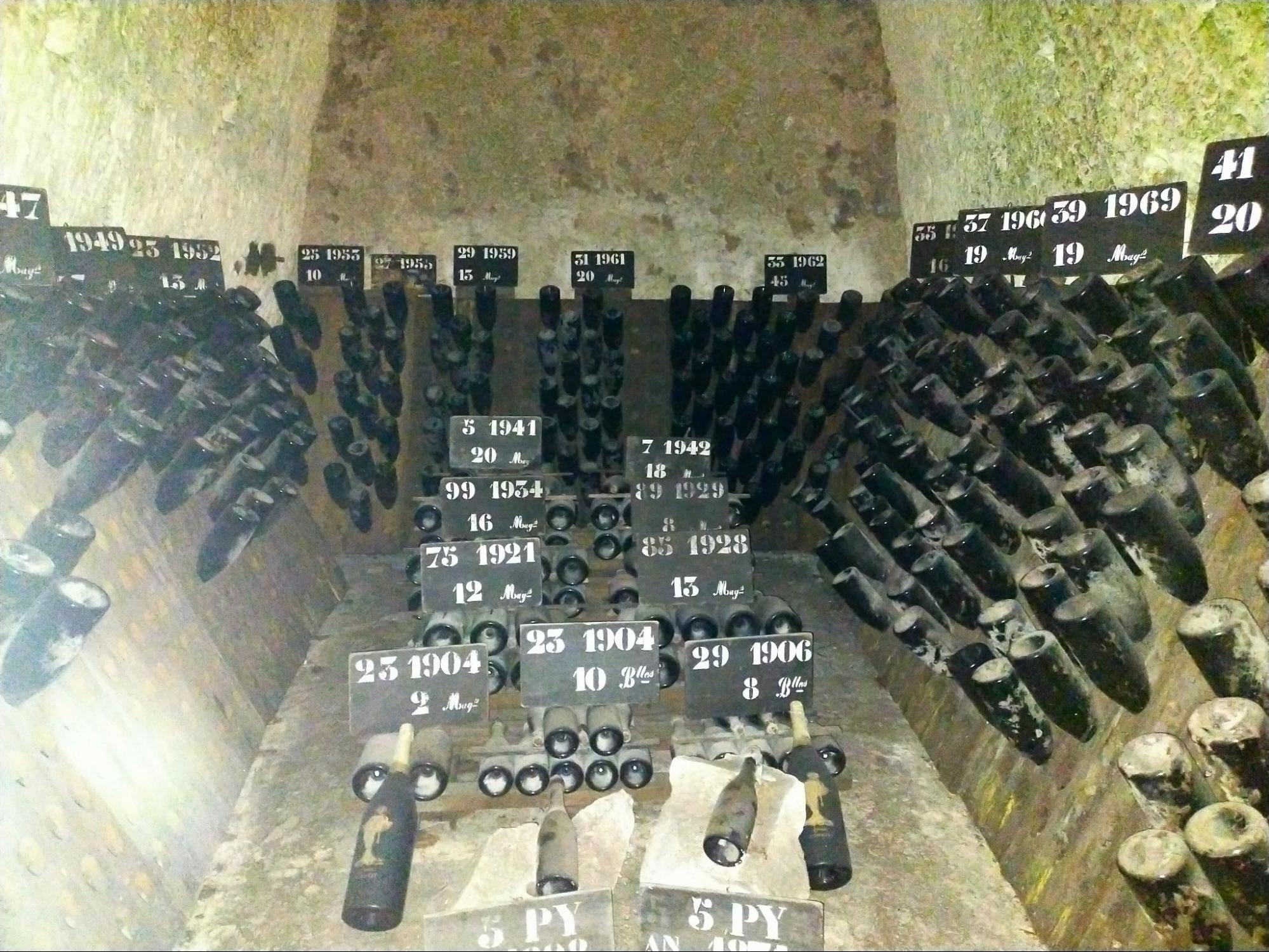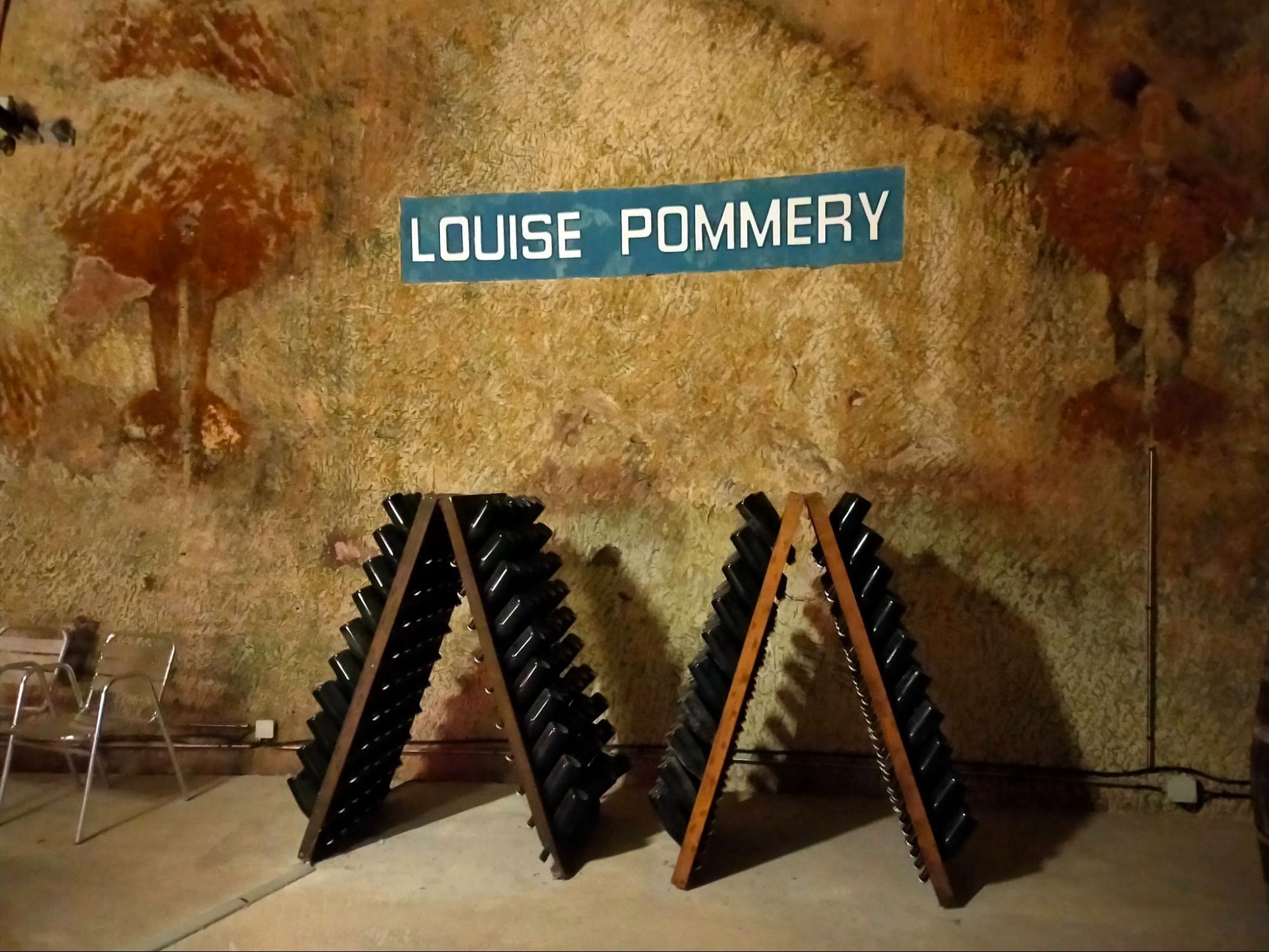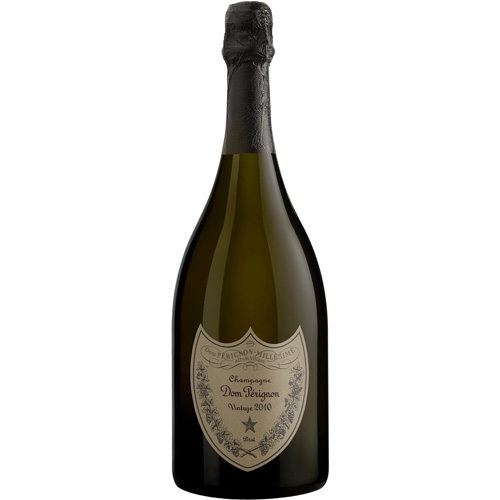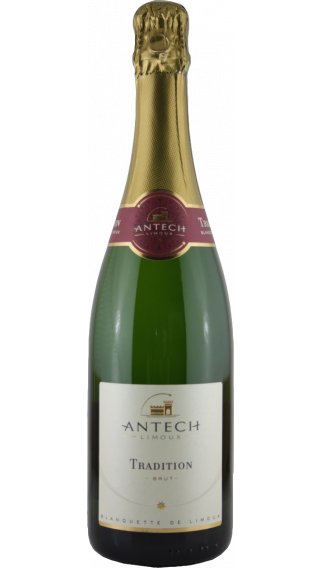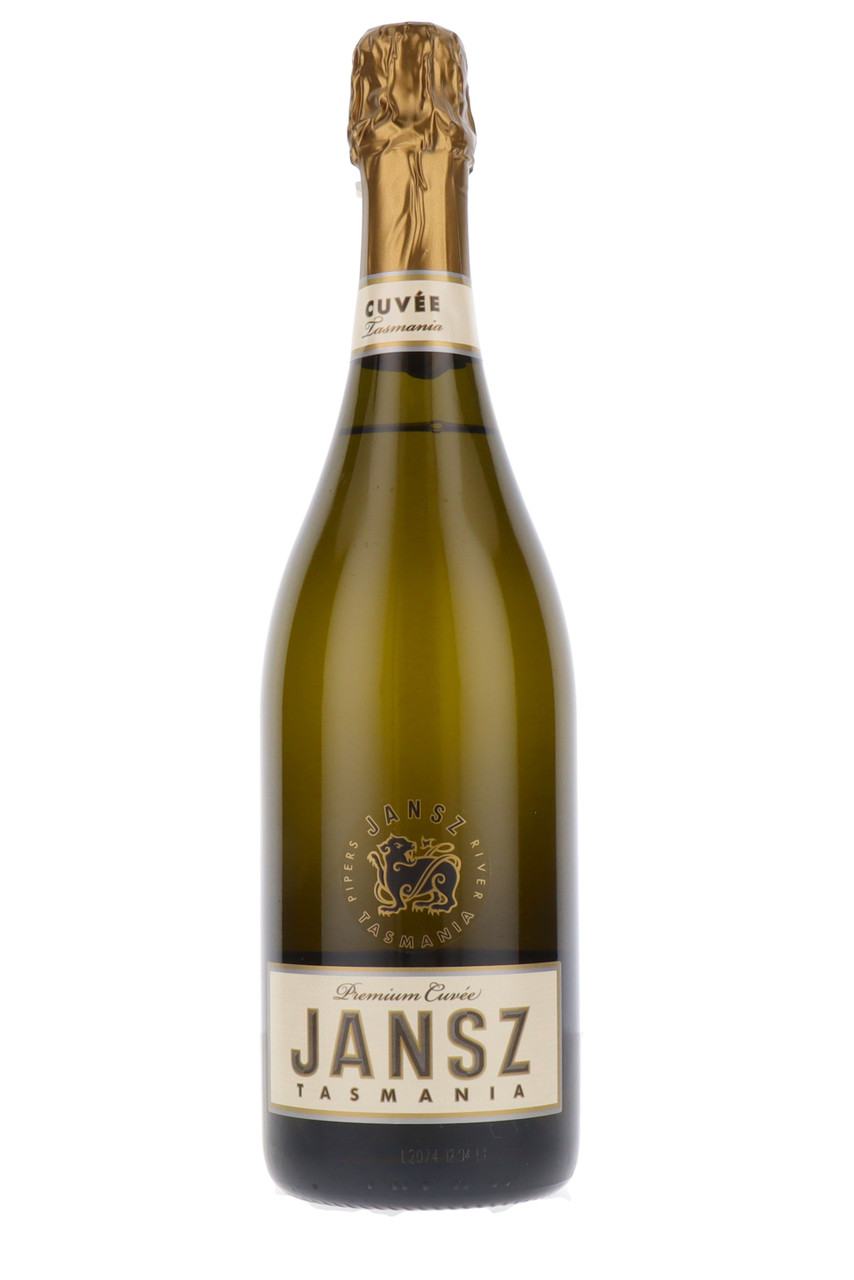- Wine Color/Type
- Top Occasions
- Unique Wines
- Surprise Me!
Why Does My Champagne Taste Like Bread
You know the feeling: the excitement of popping that Champagne, the anticipation building, and finally, beneath the fruitiness, delicate nuances of lime, citrus, and dried herbs, there’s a mix of flavors reminiscent of toasted white bread or warm brioche? Fear not, these flavors haven't been artificially added to the wine; rather, they've developed naturally and can even be considered a sign of quality.
Bread-Flavors in wine can be a desired attribute
(Photo: Petr Babkin/stock.adobe.com)
It’s All About the Yeast
Yeasts, tiny microorganisms belonging to the fungus family, are the heroes behind fermentation. Without yeasts, there would be no fermentation, and consequently, no wine, beer, or even the Scandinavian fermented fish, known as “Surströmming”.
Yeast isn’t as picky. (Photo: Fanfo/stock.adobe.com)
So, it's the yeast that changes the texture and imparts those bread-like notes. But how does it find its way into the mix?
"It's a simple process. During the second fermentation inside the bottle, CO2 is produced, giving rise to those beloved bubbles. This is commonly referred to as the “traditional method” or “methode champenoise”. As the wine's color brightens and it transforms into a sparkling wine, pressure builds up within the bottle. Some winemakers say that as long as the yeast remains in the bottle, it is protected from oxidation and will only improve over time.
Geek fact: the large indentation at the base of the bottle, along with its thick glass, prevents the bottle from exploding."
Old bottles in the cellar at Vranken Pommery (Credit: Peter Douglas)
After consuming all available sugars and nutrients, the yeast's fermentation journey comes to an end, and it settles on the bottle's floor. Following approximately 18 months of maturation, the yeast cells start to infuse the wine with bready, brioche-like flavors. This transformative process is known among wine enthusiasts as "autolysis." For those aiming for higher quality and increased complexity (provided they begin with an appropriate base wine), a more extended maturation period can enhance texture, leading to a longer, smoother, and more "leesy" mouthfeel while contributing to overall complexity.
Exceptional wines, like Dom Pérignon, mature for around 5 to 6 years before emerging from their legendary cellars. On the other hand, shorter maturation, like that of Antech Limoux from the Languedoc region, releases wines after about 9 months to ensure the fruity flavors remain dominant without being overpowered.
The Journey of Yeast
In the winemaking process, yeast is removed before bottling. Traditionally, this involved manually riddling the bottles until the yeast collected in the bottle neck. This method has experienced a minor renaissance, though today, mechanical riddlers known as "gyropallets" are more commonly employed for handling sparkling wines. Besides cost savings, these devices offer greater speed and accuracy compared to manual riddlers. Some Australian winemakers opt for a transfer method, which involves pressurized emptying, filtration, and rebottling. Odd as it may sound, this method still delivers respectable quality. However, in certain Pet-Nat wines, the yeast remains in the bottle until the adventurous VinoVosser decides to savor it.
Vranken Pommery exhibits a large quantity of bottles to be hand-riddled.
(Credit: Peter Douglas)
Once the yeast is strategically positioned, the "dégorgement" process takes place. This involves freezing the yeast in the neck of the bottle and then allowing it to be expelled.
What Comes Next?
To maintain consistency and fill up the bottles, a dosage is added. The same wine can be added during the dosage, however it is very common to add a mix of sugar, spirit and wine in order to enhance the wine’s flavour profile. At this stage, the sweetness level of the sparkling wine can be determined, from extra-brut, to brut, all the way to doux.
If you, dear VinoVosser, are feeling adventurous and seeking a meaning beyond toast, we are delighted to present a carefully selected curation.
Cheers from the VinoVoss team!
Peter Douglas
Dom Pérignon Brut Champagne
Antech Tradition Blanquette de Limoux Brut
Jansz Premium Cuvée
Latest articles

